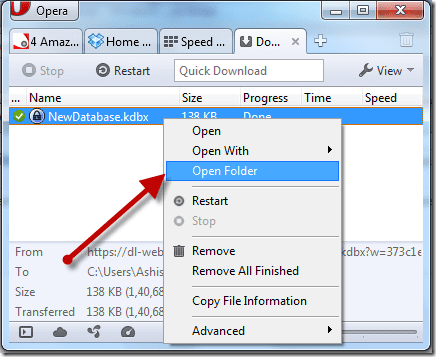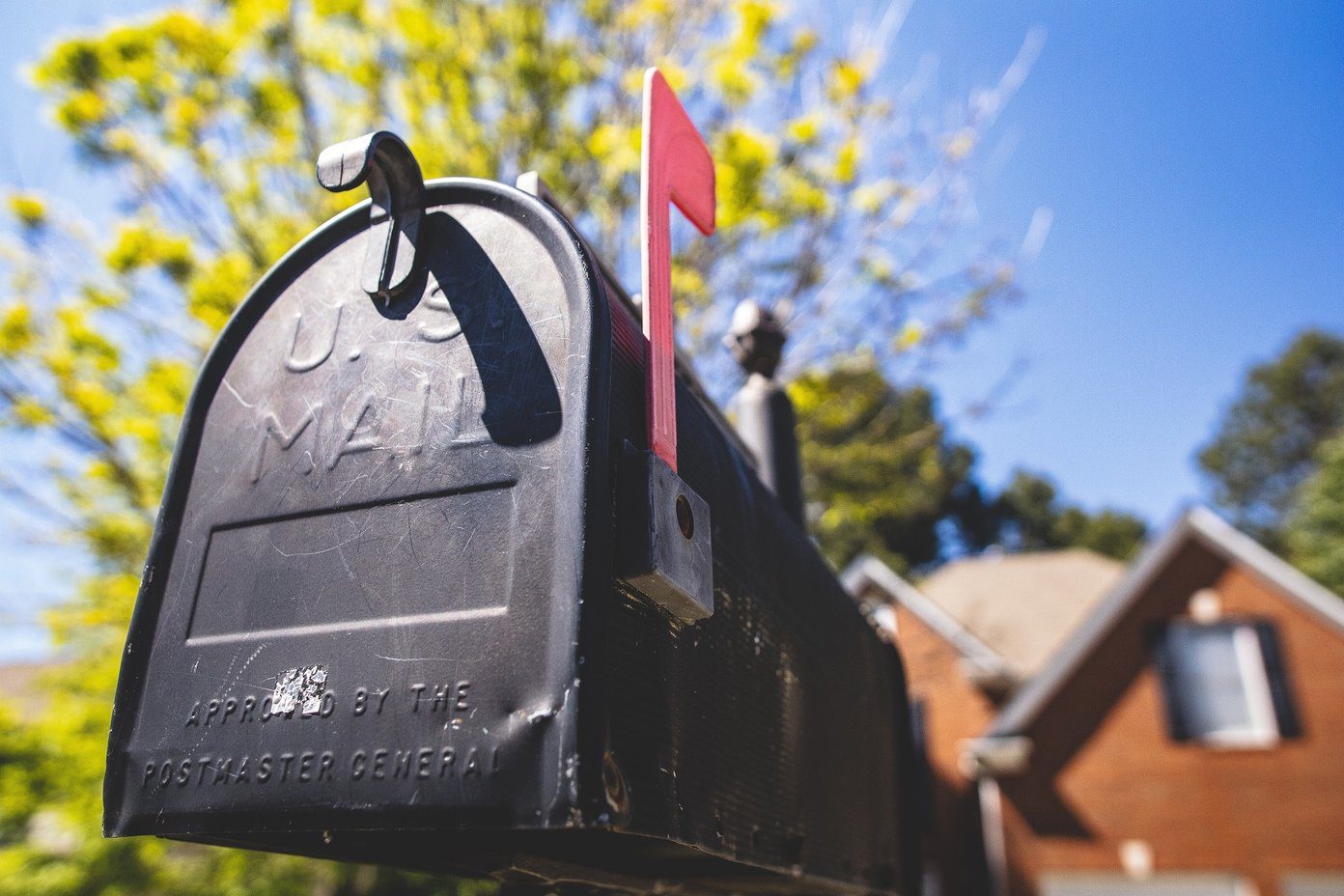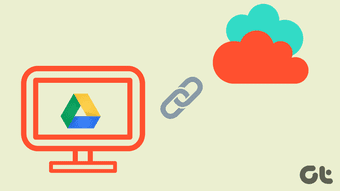To set up an Outlook.com mail account with your domain, you first need to verify the domain is yours to modify. This is done in a few steps that we’ll explain below. After a waiting period you’ll be able to login to the new account and begin sending and receiving mail.
How to Set Up Domain Mail with Outlook.com
Step 1: Visit this link to set up Outlook.com for your domain. Enter your domain name excluding the http://www. and then choose the first bubble option to Set up Outlook.com for my domain. Step 2: Continue on to assign a domain administrator to this new account. This can be done by logging in to an existing Microsoft account or making a brand new one. We’ll select the first option to use an existing account. The page will redirect to a regular login screen. Step 3: The next step is to prove ownership of the domain (GuidingTech.com in this case) so Outlook knows it’s okay for you to use the domain with its service. Note: We’re going to use GoDaddy.com to demonstrate such a verification using the details Outlook provides as necessary for completing this task. The following steps will vary depending on the hosting service you have. In your account settings, find a section for DNS Zone File, or something similar in name. We’re going to choose Edit in this section so we can make the changes Outlook requires. The only required step in verification is the MX record. This record is a long string next to the MX server section, like in this image. We’ll also need a few other values contained here: Back at the domain settings we’ll click Quick Add in GoDaddy to add the required information. Add the Priority number as specified from Outlook, as well as the Host name and MX Server string. If there’s an option for TTL (Time To Live), fill this in too. Ours would be 1 hour, as it says from Outlook. Save the changes with the button at the top right that says Save Zone File. Confirm with the prompt. The changes may take from 1-48 hours to complete. Step 4: To ensure trust is initiated with the mail server and domain, we’ll go back to Outlook and find the Server trust section to learn what is needed for creating a TXT record. Enter the details of the TXT record in GoDaddy in the TXT record section. Save and confirm the changes. Step 5: When the appropriate time has passed for verification to complete, you can ensure this by clicking the Refresh button back at the domain settings page in Outlook. The status will change to Active when the mail server is read to be utilized. Step 6: Now you can add accounts to the server to make individual email addresses. Access your domain from this link and click Member accounts on the side of the page. Choose the Add button to begin adding a new account. The Account name section value results in: [email protected].So in our example the result of entering Jon is going to be the email address [email protected]. Fill out the rest of the information for the account and check the last box to require a password change upon first logon. Note: You can add up to 50 email accounts to your domain using Outlook. Every account will show up in the Member accounts section to easily edit or remove one. Step 7: Verify the account is functioning by logging in with the address at Outlook using this link or adding the address to a client program on an iOS device or desktop. You’ll be asked to confirm your password again and set up a security question and answer for recovering the account in the event of a forgotten password.
Conclusion
It’s nice to have a free service that can deliver a lot of addresses. As you noticed, setup is pretty straightforward and quick. The only side effect is that the wait for verification could quite possibly take over a days time. However, the fact you’re getting up to 50 accounts for free is wonderful – especially for smaller companies or individuals. The above article may contain affiliate links which help support Guiding Tech. However, it does not affect our editorial integrity. The content remains unbiased and authentic.
























